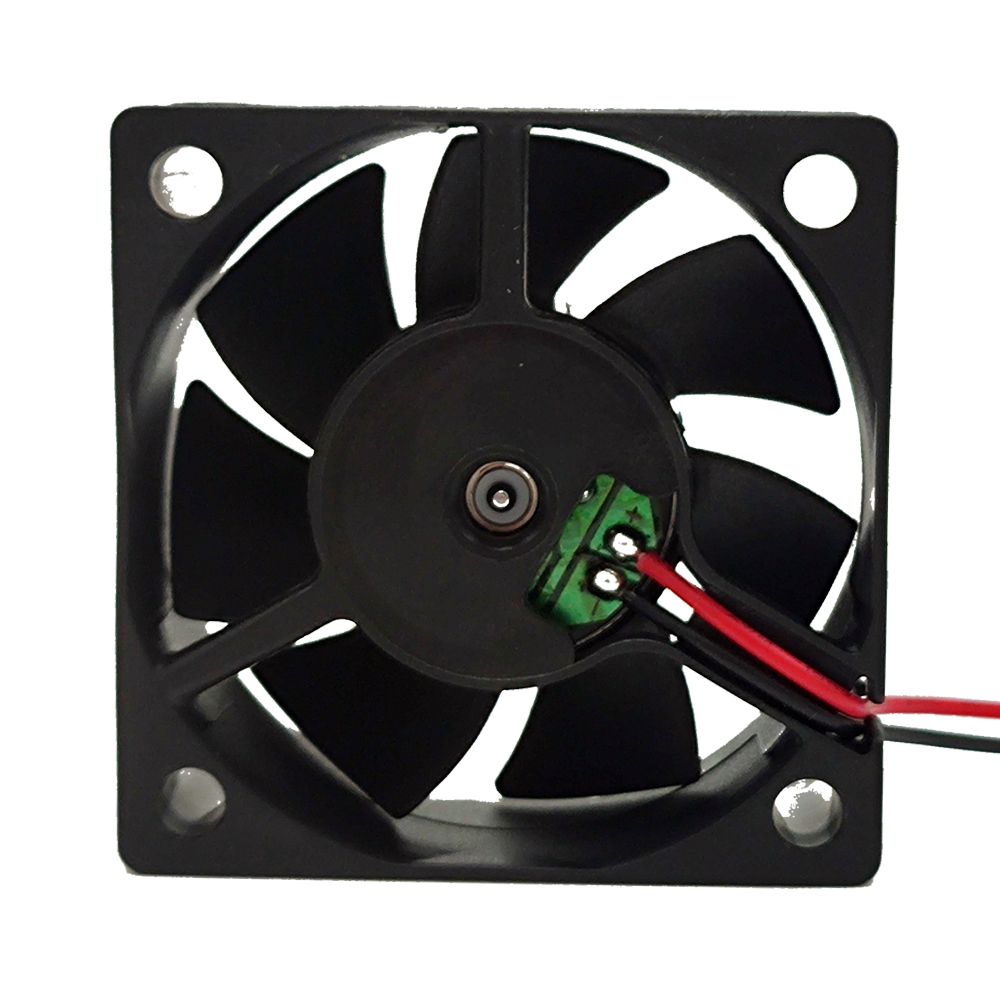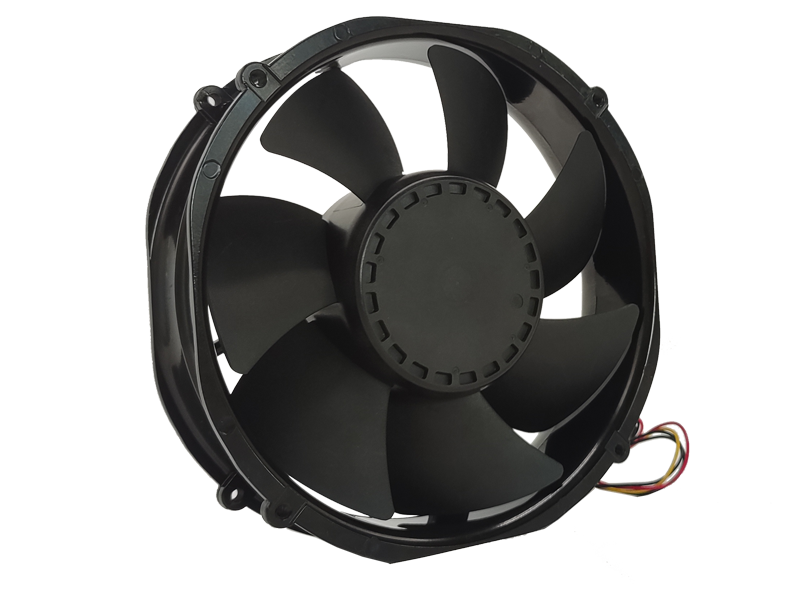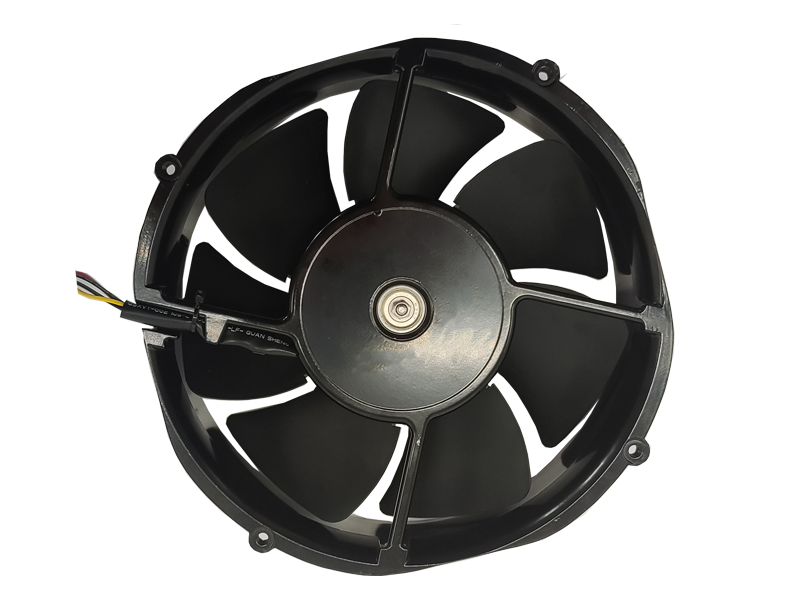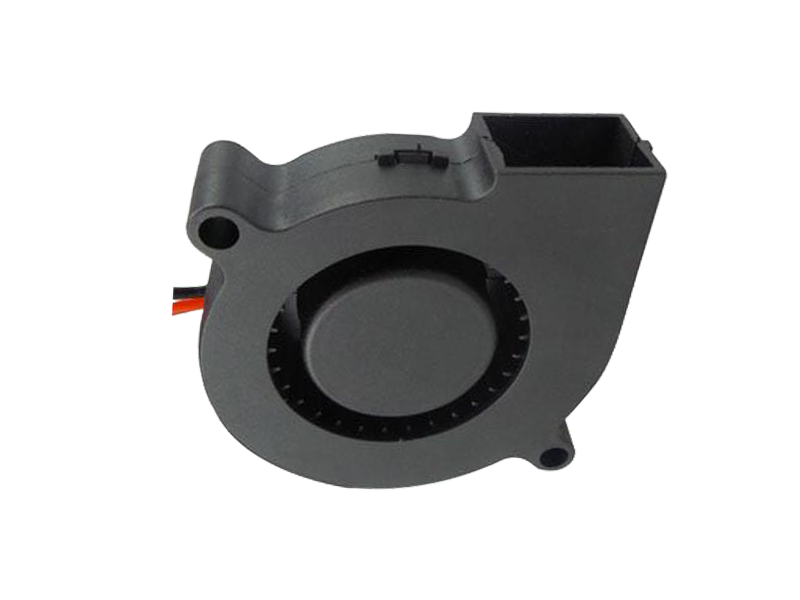Industrial fans are a critical component in a wide array of applications across multiple industries, including manufacturing, HVAC (heating, ventilation, and air conditioning), agriculture, and more. They are designed to provide effective airflow for cooling, ventilation, and air circulation, contributing to improved work environments and operational efficiency. While seemingly simple mechanical devices, industrial fans are complex products that must meet various performance requirements, including efficiency, durability, energy consumption, and noise levels.
From a product development perspective, industrial fans face several challenges and opportunities for innovation. In this article, we will delve into the key factors that influence the design, performance, and market appeal of industrial fans, and explore how advancements in technology and design have improved their functionality and usability.
1. Key Performance Factors in Industrial Fan Design
Industrial fans must meet certain performance standards to ensure they effectively serve their intended purpose. These factors are essential in evaluating the effectiveness of an industrial fan product.
Airflow Efficiency and Capacity
The primary function of an industrial fan is to move air efficiently. Whether it’s for cooling a factory floor, ventilating a warehouse, or circulating air in an agricultural setting, the ability of a fan to generate sufficient airflow is essential. The design of fan blades, the size of the fan, and the type of motor used all influence the fan's ability to move air. Larger fans may be used in spaces that require significant airflow, while smaller fans are appropriate for confined spaces.

From a product perspective, the balance between airflow capacity and energy consumption is key. A fan that is too powerful may consume more energy than needed, while one that is underpowered may fail to meet the required airflow performance, leading to inefficiency and potential damage to the equipment or environment.
Energy Efficiency
Energy consumption is a crucial consideration for industrial fan manufacturers. The increasing demand for sustainability and energy-efficient solutions in all sectors of industry has driven manufacturers to innovate in this space. Energy-efficient industrial fans use advanced motors, improved aerodynamics in fan blades, and more effective control systems to reduce energy consumption while maintaining optimal airflow.
For example, modern industrial fans are increasingly using variable frequency drives (VFDs), which allow fans to adjust their speed based on real-time conditions, reducing power consumption during periods of lower demand. This energy-saving technology is not only beneficial for reducing operational costs but also aligns with corporate sustainability goals.
Noise Levels
Noise is an inevitable byproduct of industrial fan operation, but excessive noise can lead to uncomfortable or even hazardous work environments. In industries where workers are exposed to high levels of noise for prolonged periods, such as manufacturing plants or warehouses, noise pollution can lead to hearing damage, decreased productivity, and a generally poor working environment.
As a product, industrial fan manufacturers have made significant strides in noise reduction. This includes using quieter motors, improving blade design to reduce air turbulence, and incorporating sound-absorbing materials into the fan casing. Additionally, creating fans with speed control mechanisms, where fans can operate at different speeds depending on airflow demand, can also help minimize noise during non-peak hours.
2. Industrial Fan Materials and Durability
The durability of industrial fans is paramount in ensuring their long-term functionality. Fans in industrial settings are often subjected to harsh operating conditions, such as high temperatures, corrosive environments, or heavy-duty applications. From a product development standpoint, the choice of materials is crucial in determining the fan’s lifespan and maintenance requirements.
Corrosion Resistance
Fans used in industries such as chemical processing, food production, or marine applications are often exposed to corrosive substances that can degrade their performance over time. To combat this, manufacturers have developed industrial fans made from materials resistant to corrosion, such as stainless steel or specially treated aluminum alloys. These materials are more resistant to the wear and tear caused by exposure to harsh chemicals, saltwater, or moisture.
High-Temperature Operation
Certain industrial environments, such as power plants or metalworking factories, require fans that can operate in high-temperature conditions. High-temperature industrial fans must be constructed from heat-resistant materials that can withstand extreme temperatures without compromising performance or structural integrity. Additionally, these fans often require specialized cooling mechanisms for the motor and other components to ensure they remain operational in high-heat environments.
Shock and Vibration Resistance
In industrial settings, fans may experience significant mechanical vibrations due to heavy machinery or operational processes. Over time, these vibrations can cause wear and tear, leading to premature fan failure. Fans designed for these environments are often built with reinforced structures and vibration dampening components to improve their longevity and reliability.
3. Emerging Trends and Innovations in Industrial Fans
The industrial fan market continues to evolve as manufacturers focus on providing more efficient, durable, and environmentally friendly products. As industries become more reliant on automation, IoT (Internet of Things) technology, and sustainability goals, industrial fan design is undergoing significant transformations.
Smart Fans with IoT Integration
One of the most exciting trends in industrial fan development is the integration of IoT technology. Smart industrial fans can be connected to a central control system, allowing operators to monitor performance, adjust settings, and conduct predictive maintenance in real time. These fans can send data on energy consumption, temperature, vibration levels, and other parameters to a central dashboard, enabling operators to optimize fan performance and identify potential issues before they lead to costly downtime.
For instance, smart fans equipped with vibration sensors can detect misalignments or mechanical issues that could lead to failure. By notifying the maintenance team of a problem, downtime can be minimized, and repair costs can be reduced. Furthermore, IoT-enabled fans can be incorporated into energy management systems, allowing for automatic adjustments to fan speed based on real-time energy demands, thereby enhancing energy efficiency.
Sustainability and Eco-Friendly Designs
Sustainability is a growing concern in the industrial sector, and industrial fans are no exception. Manufacturers are increasingly focusing on producing fans with environmentally friendly designs. This includes using recyclable materials, designing fans with reduced energy consumption, and creating products that require less maintenance and have longer lifespans.
Furthermore, there is an increasing trend toward using renewable energy to power industrial fans. Solar-powered fans, for example, are becoming popular in agricultural settings, where they are used for ventilation and cooling without consuming electricity from the grid. Such innovations help reduce carbon footprints and lower operational costs for businesses.
Customization and Modular Designs
As industries vary in their needs and requirements, many industrial fan manufacturers are turning to modular designs and customizable solutions. By offering a range of sizes, speeds, and performance options, manufacturers can provide fans that are tailored to the specific needs of their clients. This customization can also extend to the fan’s casing, blades, and motors, allowing users to choose the ideal materials and configurations for their particular environment.
Modular industrial fans are easier to maintain and upgrade, as parts can be replaced individually without the need to replace the entire system. This approach not only reduces costs but also minimizes the environmental impact associated with fan replacement.
4. Conclusion: The Future of Industrial Fans
From a product development perspective, industrial fans are continuously evolving to meet the growing demands for efficiency, durability, and sustainability. Technological innovations in materials, energy efficiency, noise reduction, and IoT integration are reshaping the industry, providing manufacturers and consumers with a broader array of options to enhance their operations.
As industries continue to prioritize sustainability and smart technologies, industrial fans will play a pivotal role in shaping the future of manufacturing, ventilation, and environmental control systems. The continued focus on energy efficiency, noise reduction, and product longevity will ensure that industrial fans remain indispensable in an ever-changing industrial landscape. As these trends continue to develop, the industrial fan will no longer be seen as a mere utility, but as a cornerstone of operational efficiency and innovation in modern industries.
Recommended Products

The main purpose:Car charging station

The main purpose:Car charging station

The main purpose:Electronic refrigerators, water dispensers, direct drinking machines, inverter power supplies
Address:No. 4137, Longgang Avenue (Henggang Section), Henggang Community, Henggang Street, Longgang District, Shenzhen
hotline:13530005572(Chen)15112579390(Li)


Welcome all friends to come for consultation and negotiation.
Copyright 2024 @ Shenzhen Youneng Xinyuan Electronics Co., Ltd.,(industrial fans,industrial blowers,axial fans,cooling fans manufacturer,centrifugal fans,ac cooling fans,dc cooling fans)